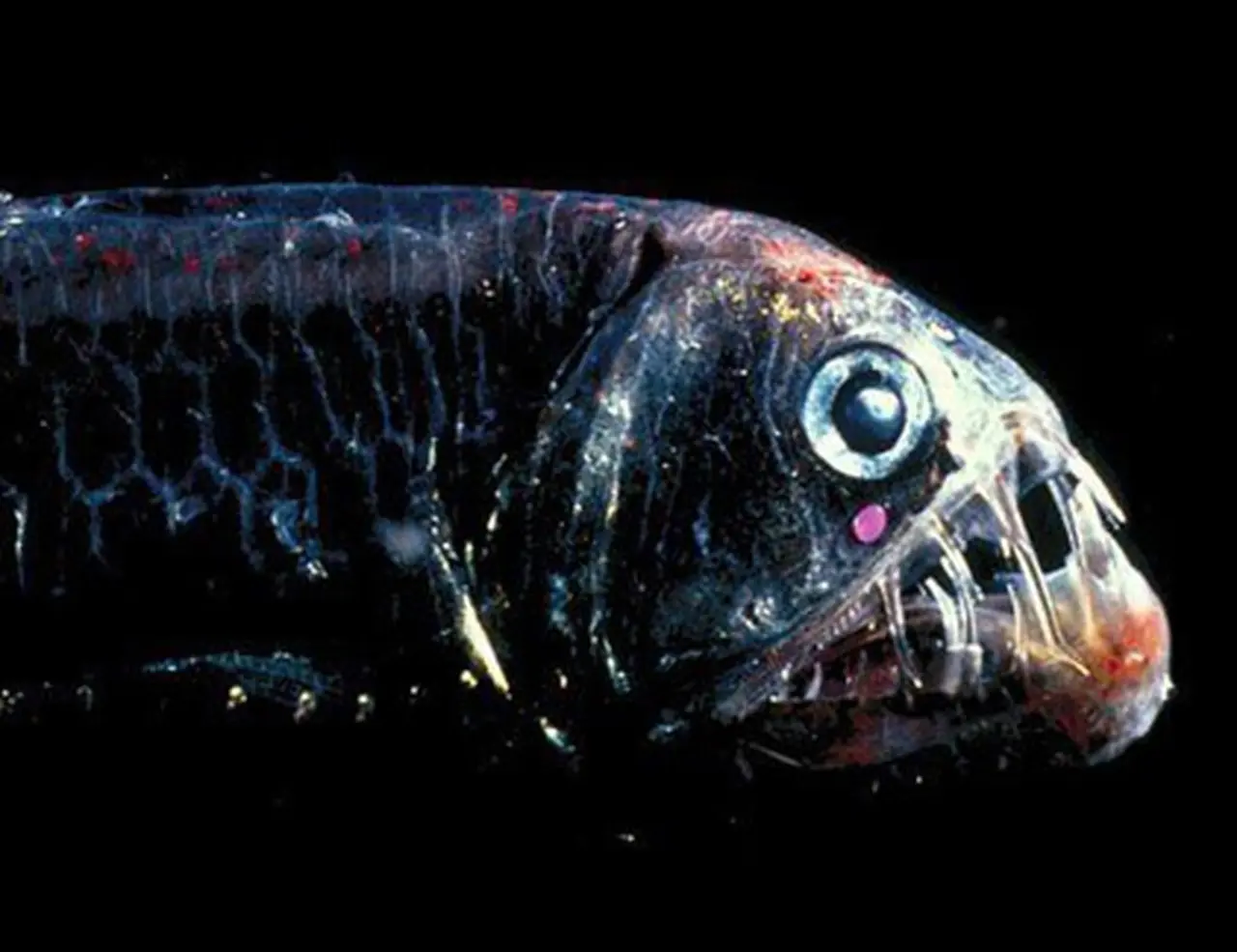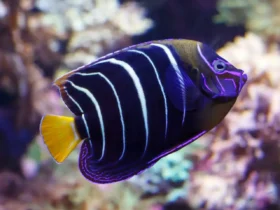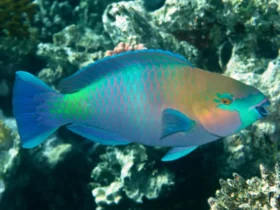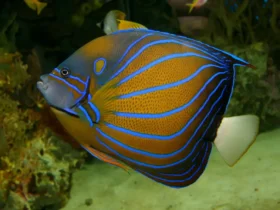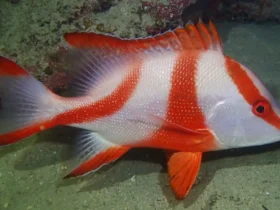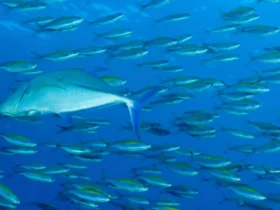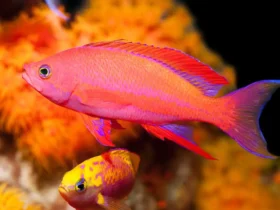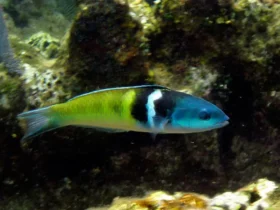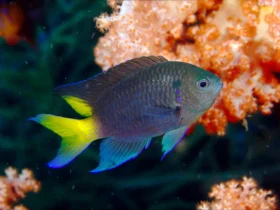Beneath the vibrant, teeming world of coral reefs lies a treasure trove of mesmerizing marine life. Among the myriad of species that inhabit these underwater realms, Watanabe’s angelfish (Genicanthus watanabei) stands out as a true gem. With its resplendent colors and graceful presence, this angelfish species captivates divers and researchers alike. In this article, we will delve into the enchanting world of Watanabe’s angelfish, exploring its unique characteristics, habitat, and significance within coral reef ecosystems.
Watanabe’s Angelfish images
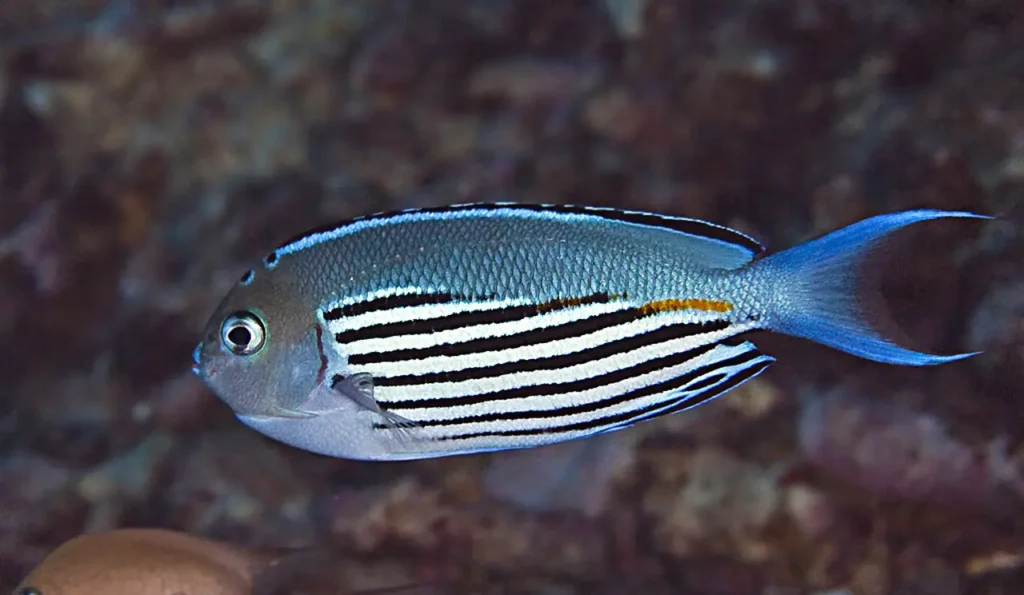
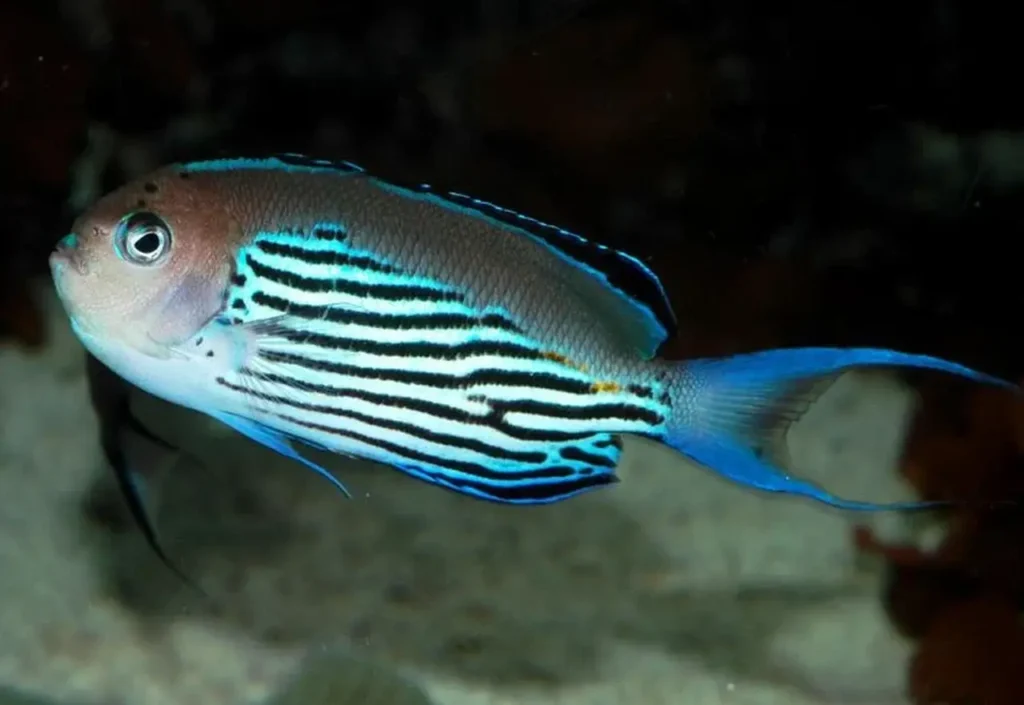
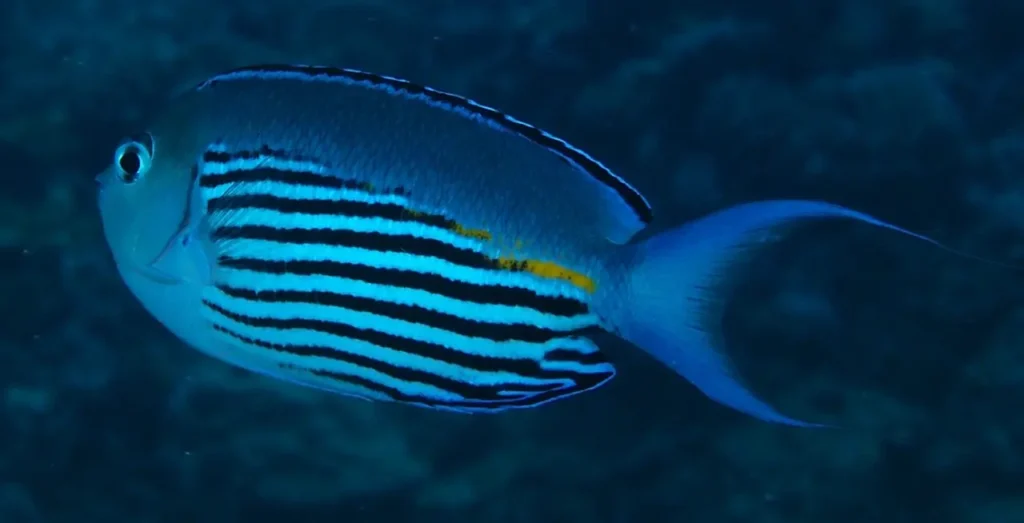
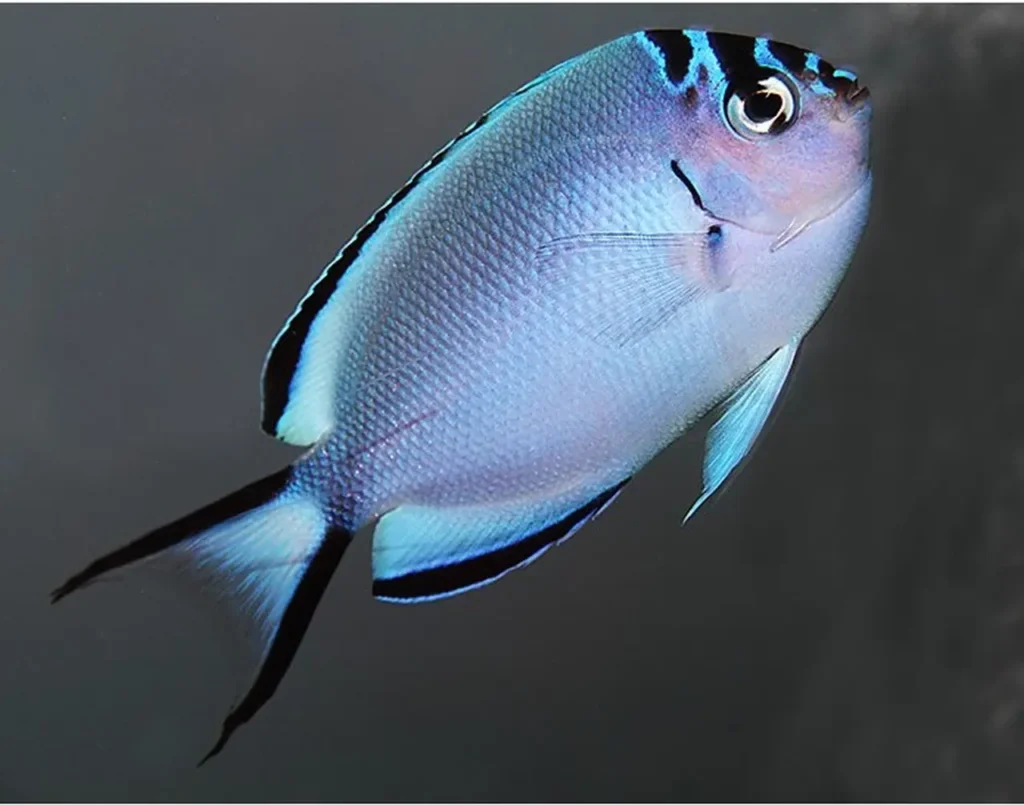
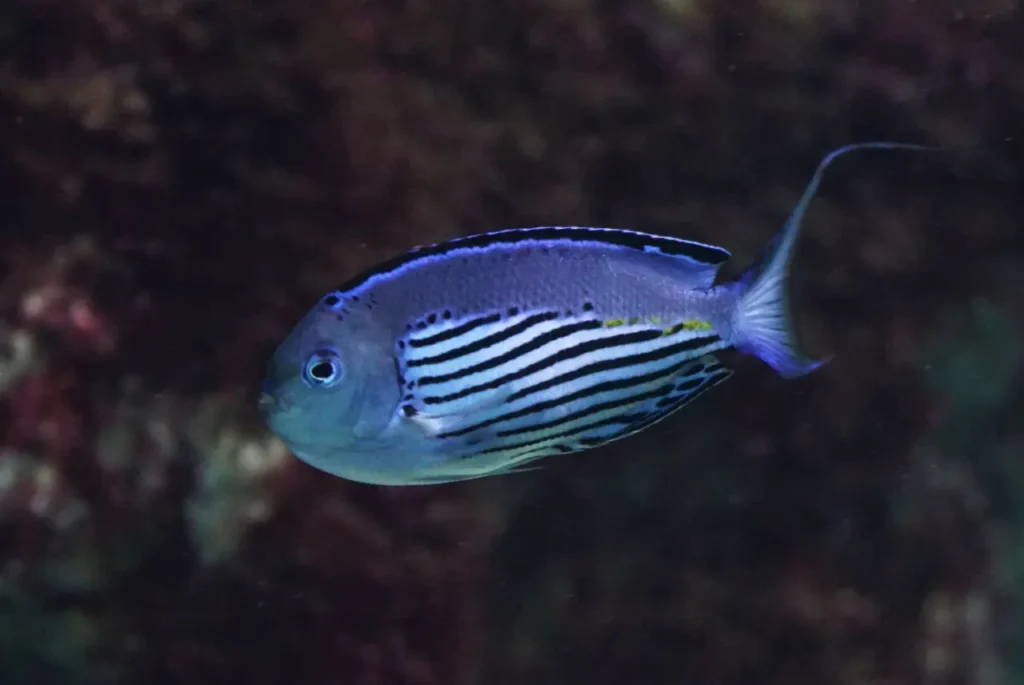
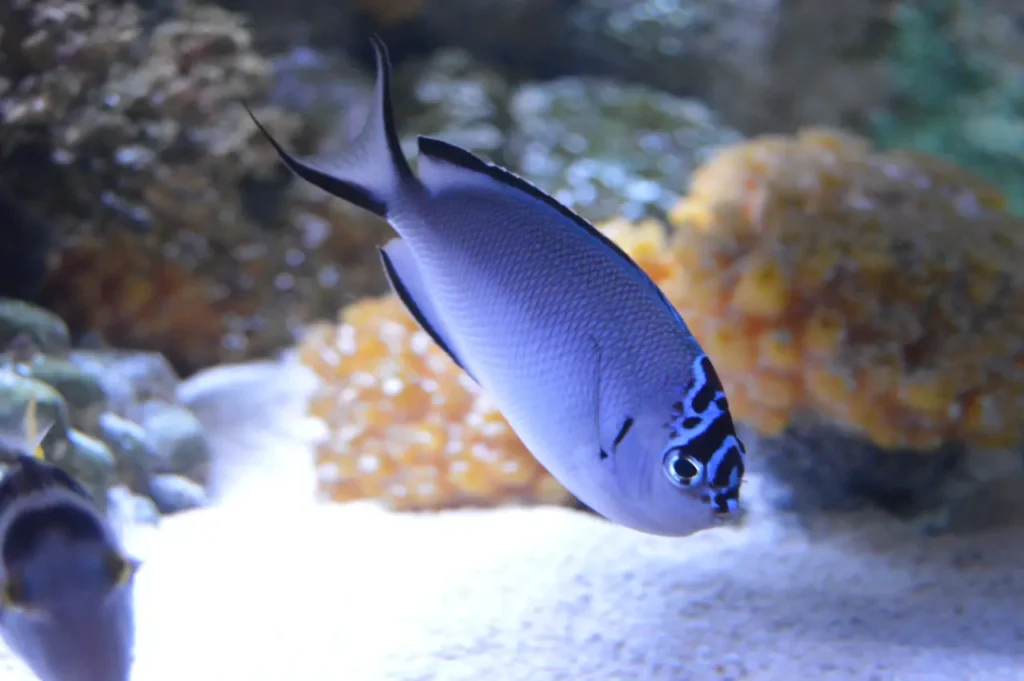
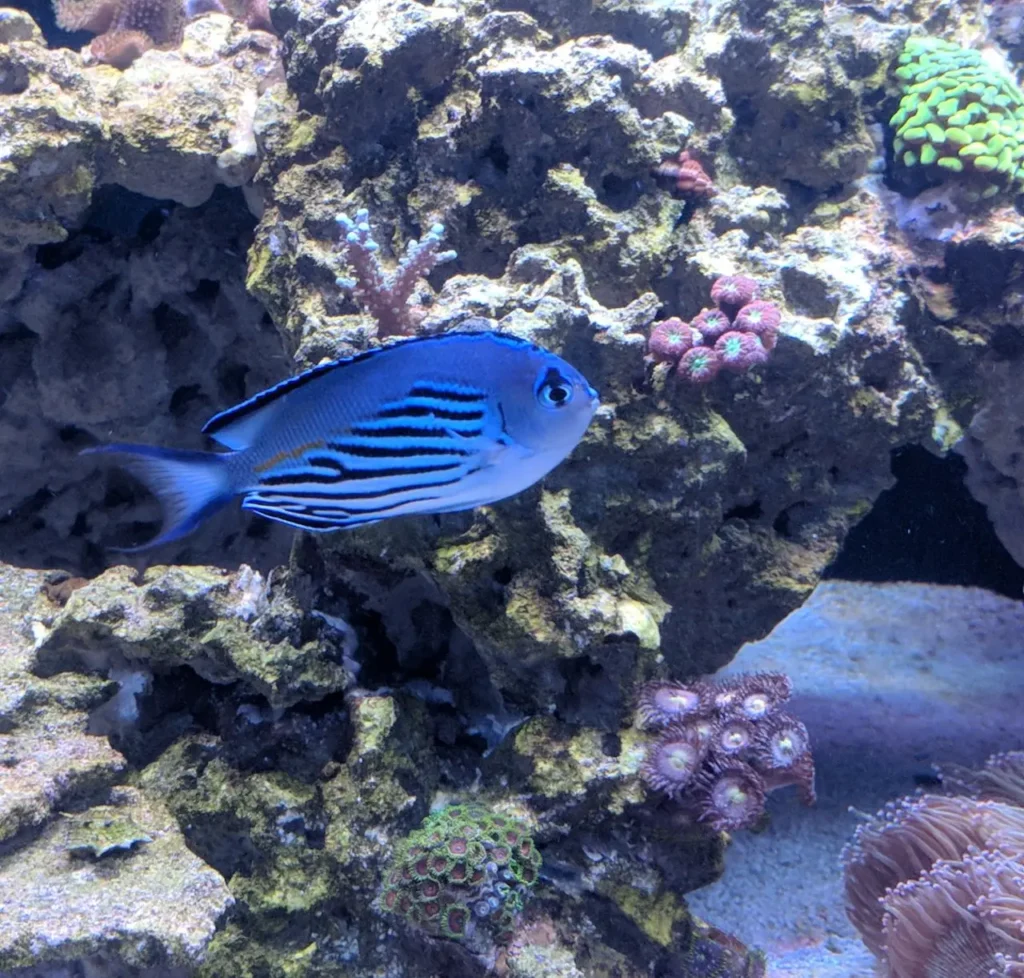
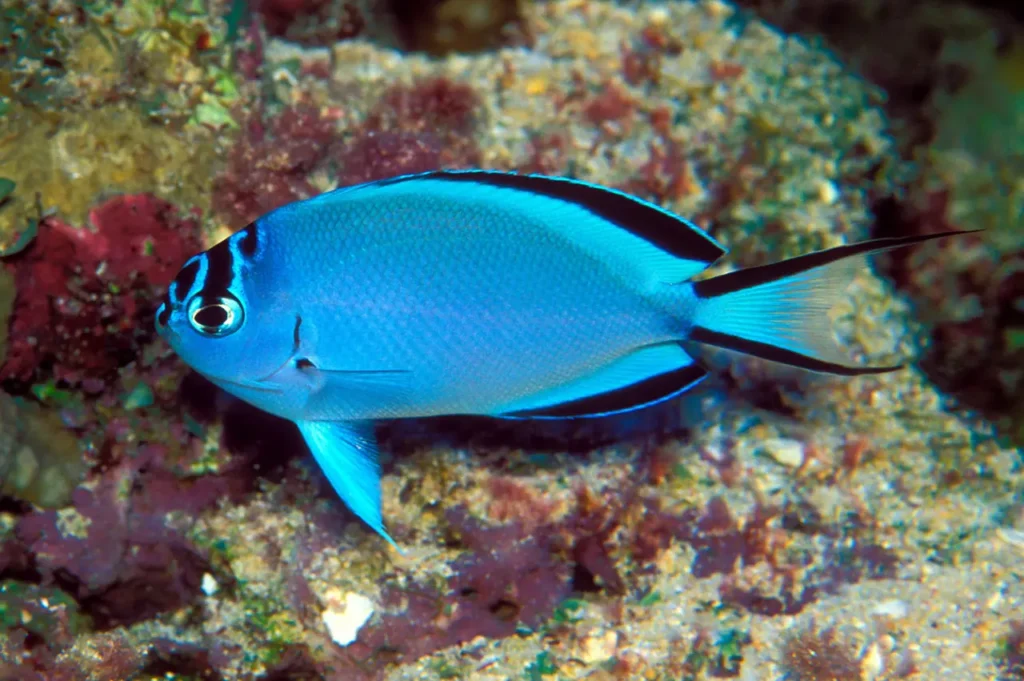
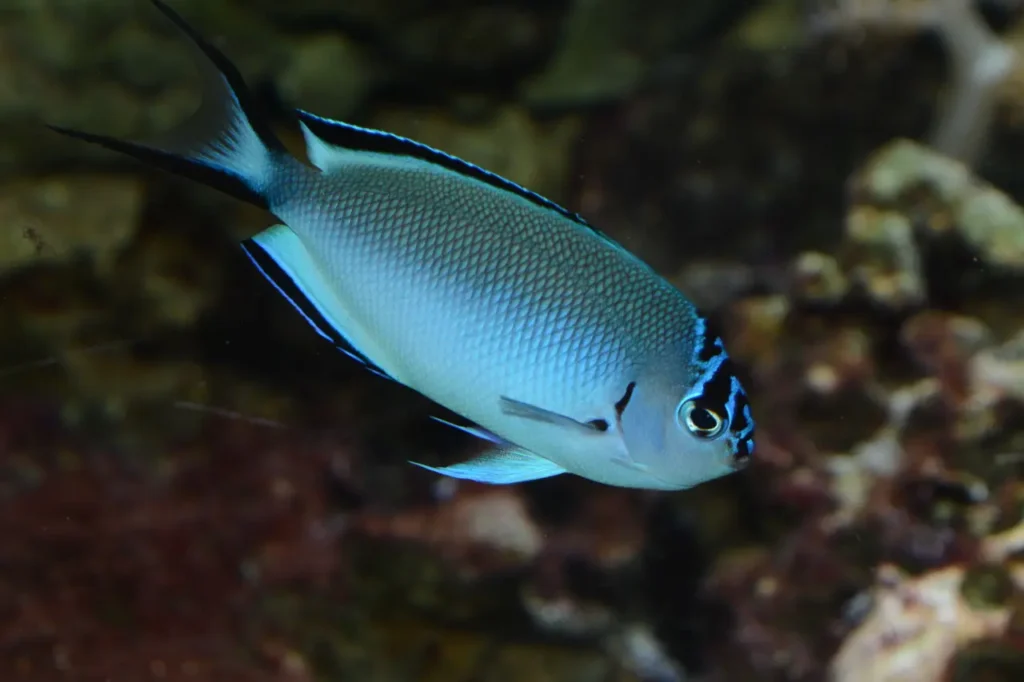
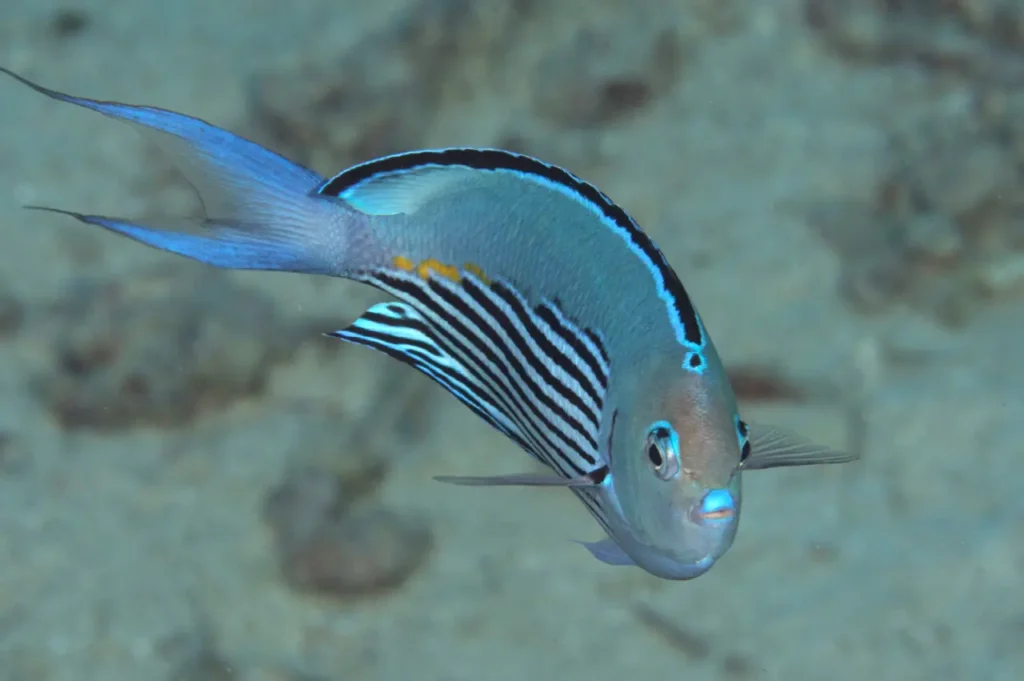
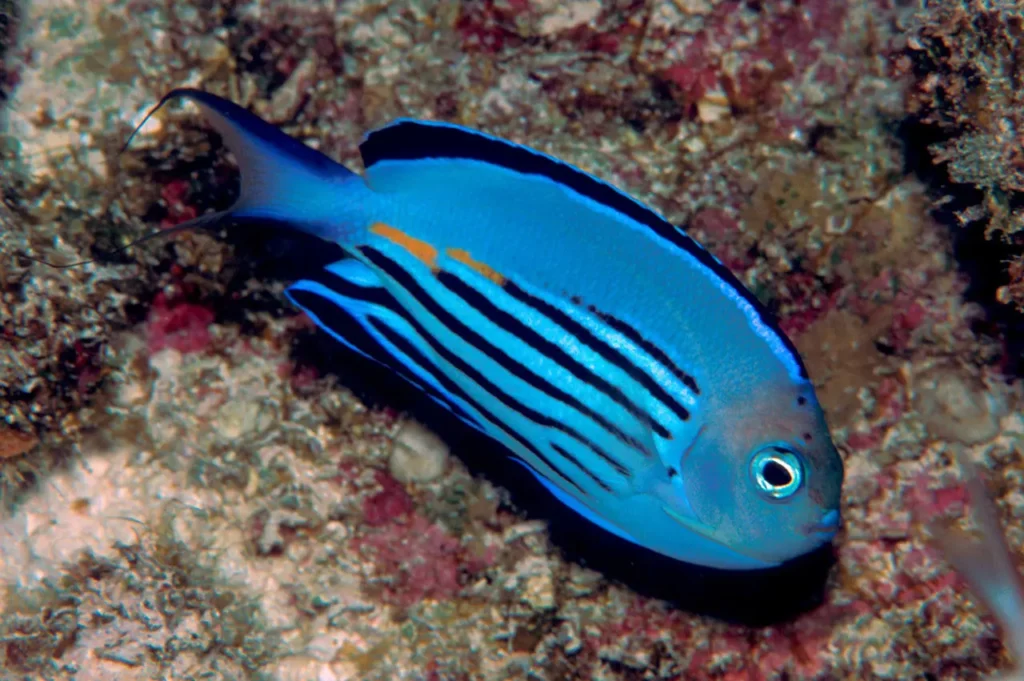
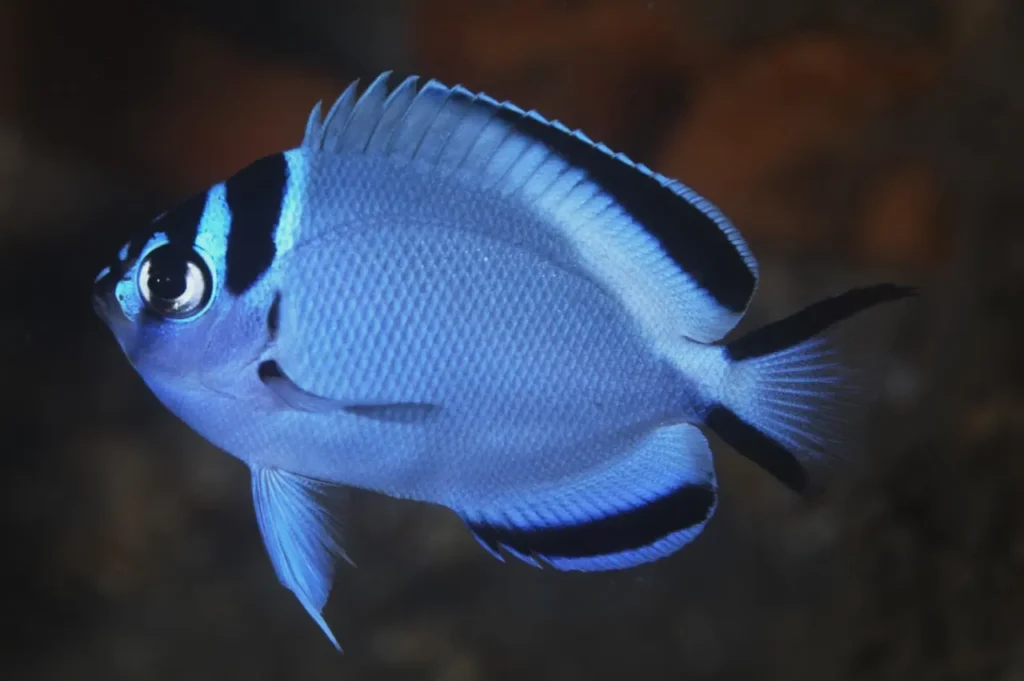
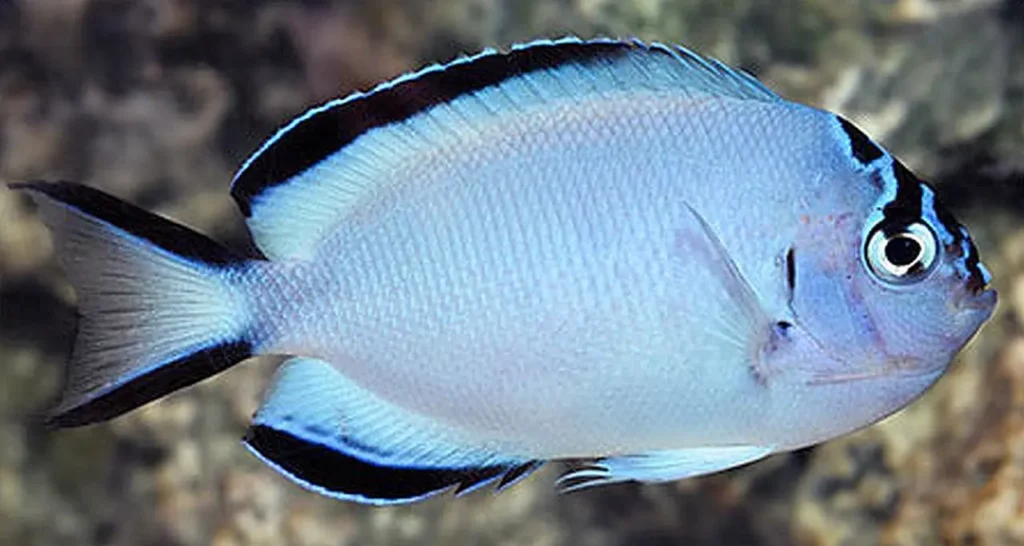
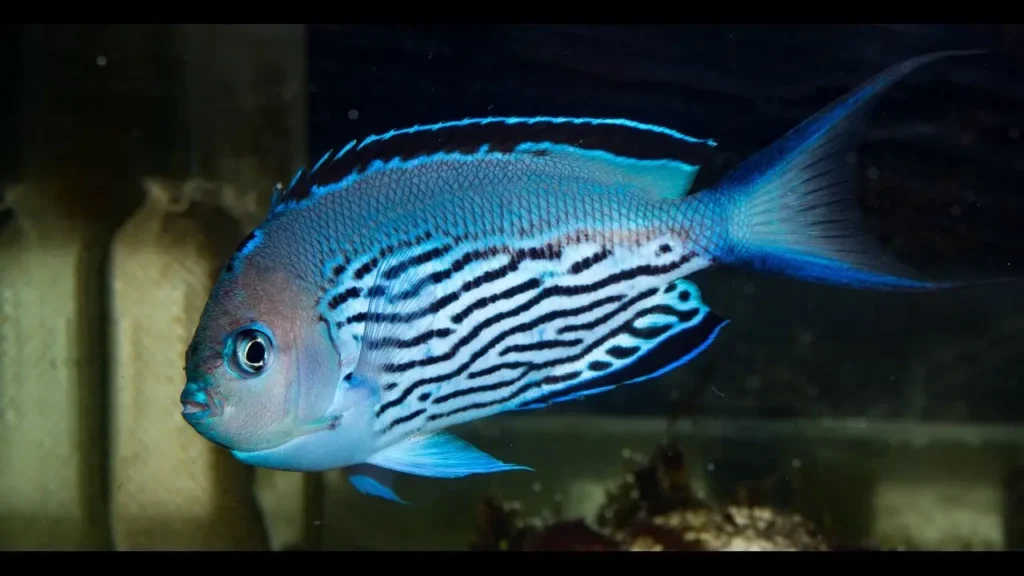
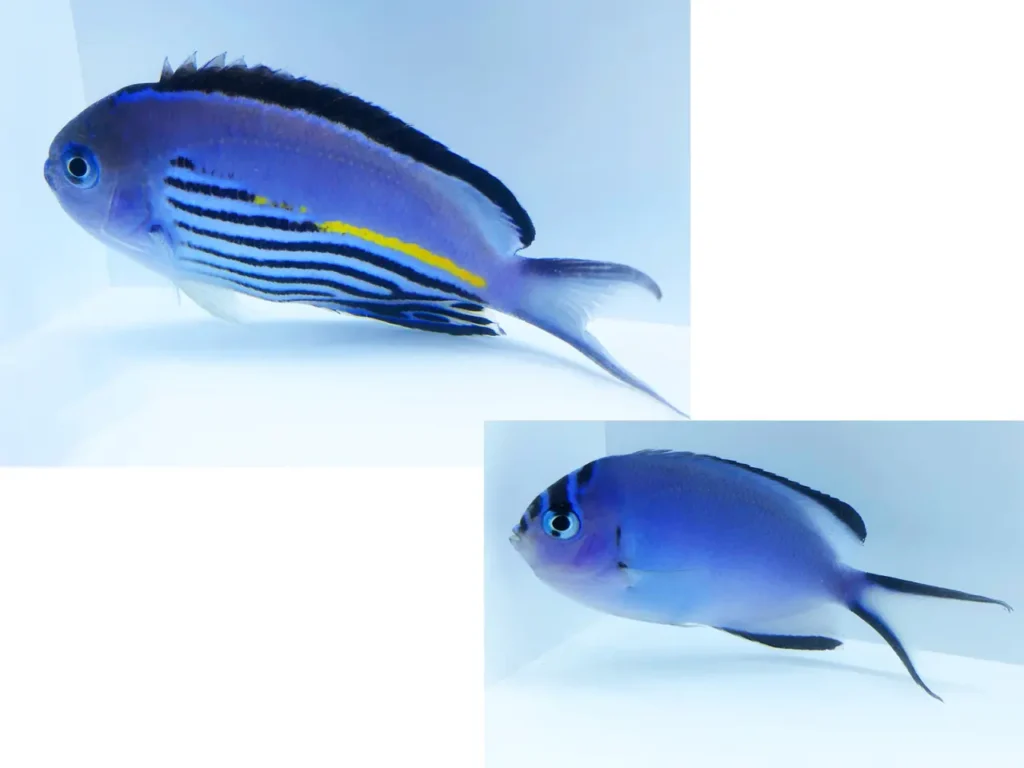
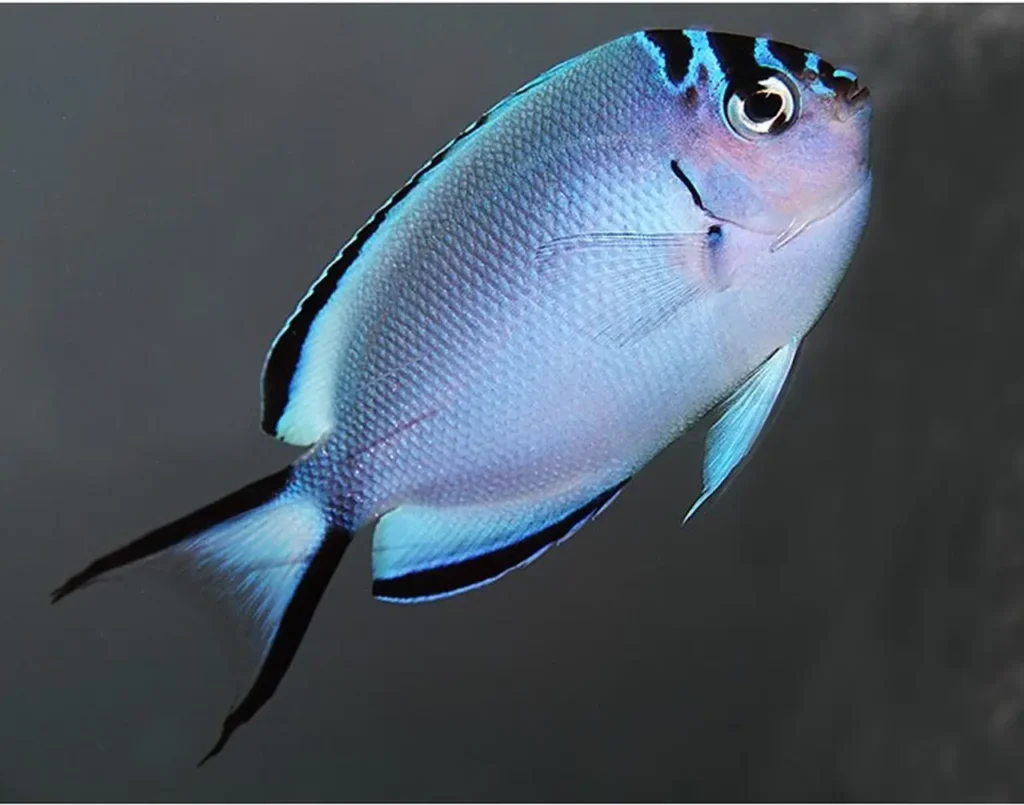
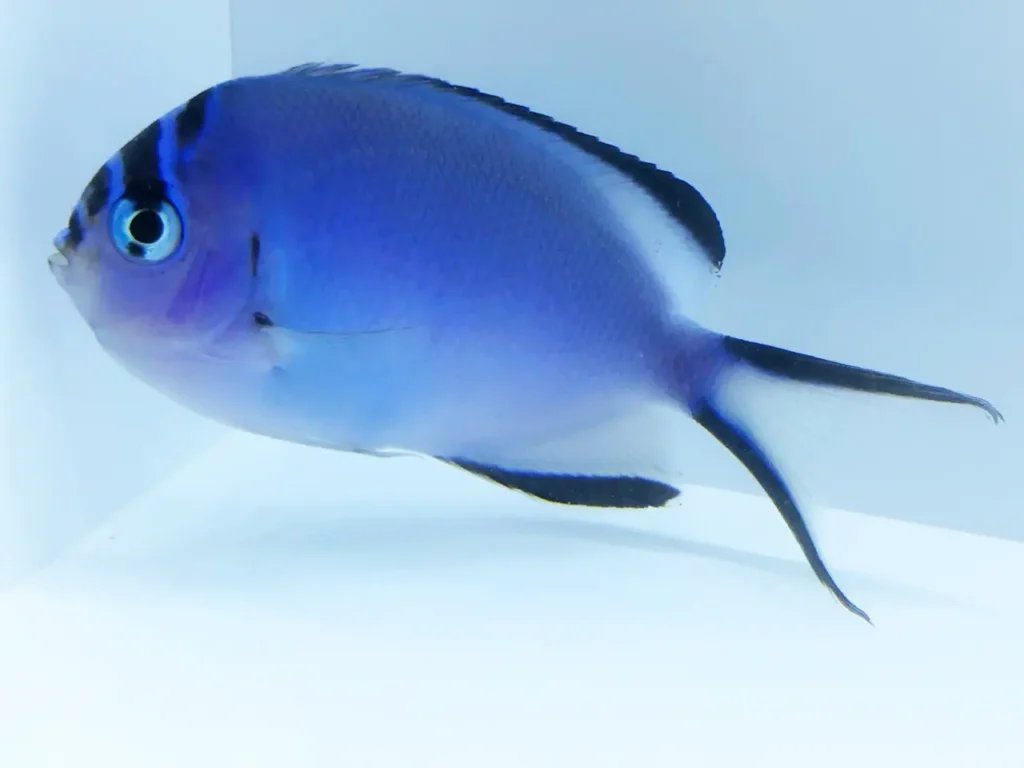
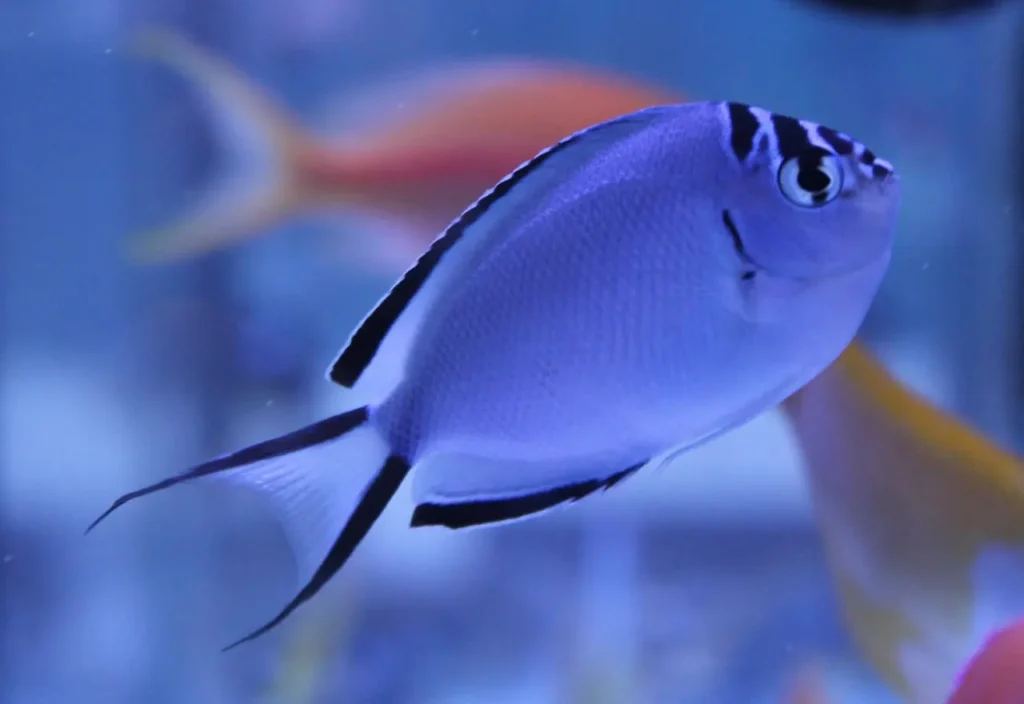
Appearance and Range
Watanabe’s angelfish is renowned for its remarkable beauty and intricate coloration. Its body features a striking combination of vibrant orange, electric blue, and contrasting black accents. Its dorsal and anal fins possess elongated, trailing filaments, adding to its elegance as it glides through the water with effortless grace.
This exquisite angelfish is native to the waters of the Indo-Pacific region, specifically found in the waters around Japan, the Philippines, and Indonesia. It is commonly encountered in the shallower areas of coral reefs, where it seeks shelter among the intricate branching corals.
Ecology and Behavior
Watanabe’s angelfish is a reef-associated species that thrives in the intricate coral habitats. It feeds primarily on a diet of small invertebrates, zooplankton, and algae found amidst the coral colonies. It is known to graze on algae growth, playing a crucial role in maintaining the balance of the reef ecosystem.
These angelfish exhibit unique social behaviors and mating rituals. They form monogamous pairs, with the male and female engaging in courtship displays to reinforce their bond. During these displays, they engage in synchronized swimming patterns and fin movements, showcasing their striking colors to each other and potential rivals.
Conservation Status and Threats
Watanabe’s angelfish is currently listed as a species of least concern on the IUCN Red List of Threatened Species. However, like many coral reef inhabitants, it faces numerous threats that warrant attention. Habitat destruction due to climate change, pollution, and destructive fishing practices can impact both the coral reefs and the fish populations that rely on them. Furthermore, the aquarium trade poses additional challenges, as the demand for this stunning species can lead to overexploitation and unsustainable collection practices.
Conservation Efforts
Efforts are underway to protect coral reefs and the diverse marine life that depends on them, including Watanabe’s angelfish. Marine protected areas, sustainable fishing practices, and public awareness campaigns are essential components of conservation strategies. Education and outreach initiatives aim to promote responsible reef stewardship and discourage the purchase of wild-caught angelfish for aquariums, encouraging the aquaculture of captive-bred individuals instead.
The Role of Watanabe’s Angelfish in Coral Reef Ecosystems
Watanabe’s angelfish plays a vital role in coral reef ecosystems as an herbivorous species. By consuming algae growth, it helps to prevent overgrowth that can suffocate and damage coral colonies. This delicate balance between herbivores and the reef’s productivity ensures the survival of the intricate coral ecosystem and the countless species it supports.
Watanabe’s angelfish, with its resplendent colors and graceful presence, epitomizes the beauty and diversity of coral reefs. As custodians of these fragile underwater ecosystems, it is our responsibility to protect and preserve them for future generations. By understanding the significance of species like Watanabe’s angelfish and implementing sustainable practices, we can ensure the continued existence of these majestic jewels of the sea, safeguarding the health and resilience of our planet’s coral reef ecosystems.
